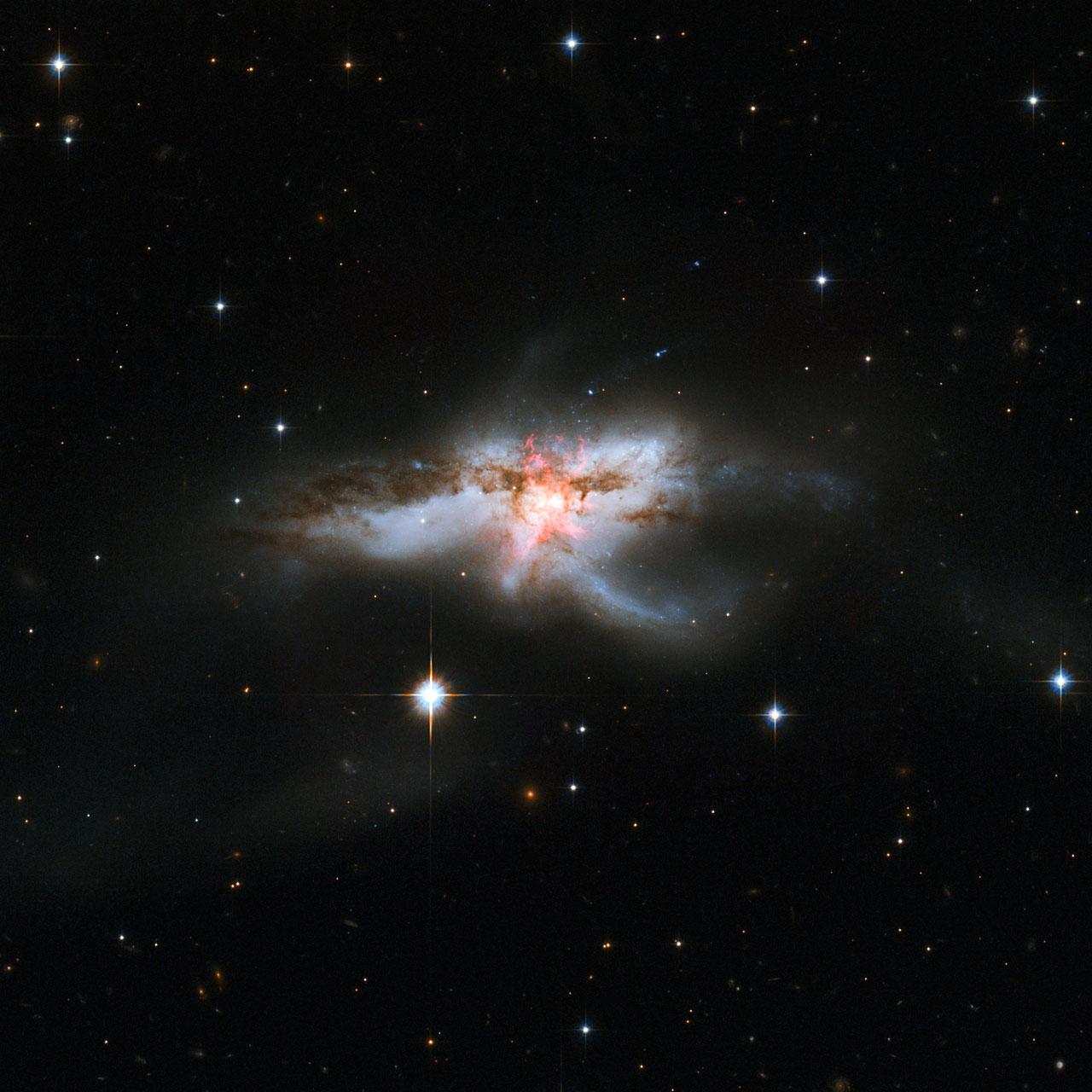
A typical but existentially terrifying feature of almost every galaxy is a monster lurking at its center: A supermassive black hole which can be hundreds or even billions of times the mass of our sun. The supermassive black hole sucks in dust and gas from the surrounding galaxy, leaving an empty spheroid shape right in the middle of the galaxy from which not even light can escape.
Very occasionally, astronomers spot not one but two of these hungry giants moving together, typically when they observe two galaxies merging. But now, researchers have spotted something utterly unprecedented: A galaxy with three supermassive black holes at its heart.
Dr. Peter Weilbacher, one of the researchers from the Leibniz Institute for Astrophysics Potsdam, underlined the significance of this finding: “Up until now, such a concentration of three supermassive black holes had never been discovered in the universe,” he said.

Galaxy NGC 6240 is approximately 400 million light-years away and is fairly well studied, having been imaged by instruments like the Hubble Space Telescope on several occasions. This time, though, the researchers used the Multi Unit Spectroscopic Explorer (MUSE) instrument on the European Southern Observatory’s Very Large Telescope (VLT). This instrument allows the researchers to collect a three-dimensional dataset with each pixel representing a full spectrum of light.
With this tool, the astronomers were able to detect the three black holes, even though they can’t be seen directly. “Through our observations with extremely high spatial resolution we were able to show that NGC 6240 hosts not two but three supermassive black holes in its center,” said Professor Wolfram Kollatschny, an astronomer at the University of Göttingen. “Each of the three heavyweights has a mass of more than 90 million suns.”
Kollatschny went on to say that the black holes are very close together, relatively speaking: “They are located in a region of space less than 3,000 light-years across, i.e. in less than one-hundredth of the total size of the galaxy.”
The discovery has given astronomers new insights into how galaxies evolve over time, especially how the largest galaxies could have formed when several galaxies merged.
The findings are published in the journal Astronomy & Astrophysics.



